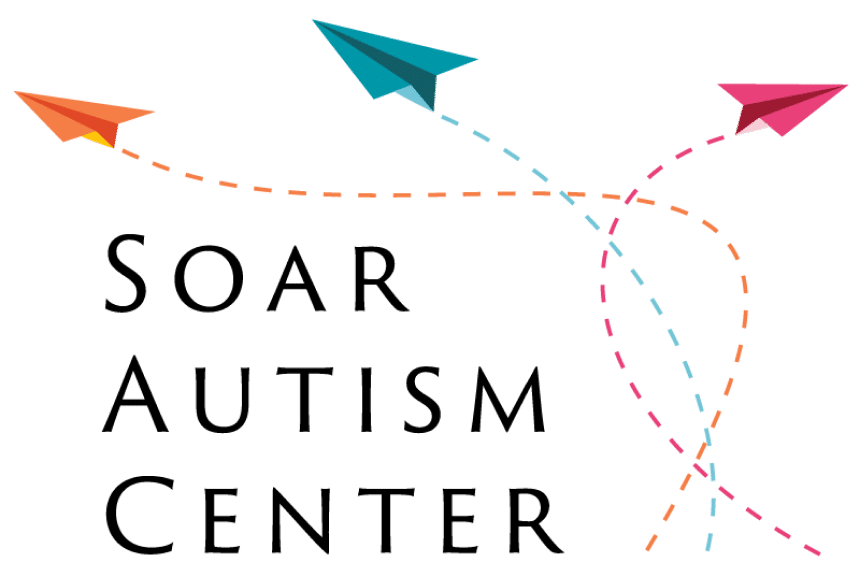What is the Early Start Denver Model (ESDM)?
The Early Start Denver Model, or ESDM, is a comprehensive therapy program for children with autism. It focuses on young learners, typically those under the age of 5.
ESDM is a comprehensive approach to autism care that marries concepts of applied behavior analysis (ABA) and developmental science. It was developed by Sally Rogers and Geraldine Dawson and was named a Top Medical Breakthrough by Time Magazine in 2012.
The ESDM has been shown in high-quality research studies to improve language skills, cognition, social skills, adaptive skills, and behavior in children with autism.
What is the research behind the ESDM?
A 2010 study in the science journal Pediatrics found that children receiving the ESDM showed greater improvements in cognitive and adaptive behavior measures than a comparison group receiving community care. This finding was partially replicated in a follow-up study in 2019, where children receiving ESDM showed improvements in language outcomes relative to those receiving community care.
A follow-up trial of children receiving ESDM showed that their developmental gains persisted over time relative to community care.
A 2020 study published in the Journal of Childhood and Adolescent Psychiatry showed that more naturalistic approaches, like ESDM, were just as effective at teaching skills to toddlers with autism, when compared to a more traditional form of ABA (Discrete Trial Training).
Research studies on ESDM have also shown improvements in brain activity, such as changes on brain wave tests (EEG) when viewing faces and objects.
Simply put, early intervention with the ESDM can make a lifelong difference for children with autism.
Many providers focus on the ESDM for these reasons. Additional benefits of the ESDM are its manualized practice with a system to measure treatment fidelity to and its child-centric nature, focusing on what’s fun and interesting to the child.
What is the difference between ESDM and ABA?
ESDM and ABA are related. The simplest description is that ESDM is a play-based form of ABA therapy. ESDM blends traditional ABA learning principles with developmental science, using children’s natural interests to teach them foundational skills like communication and social skills
Parents may feel intimidated at first by the different sub-types of ABA when choosing their child’s care program. To bridge this gap, we’ve created this chart to differentiate 2 key forms of ABA programs in general terms: between discrete trial training (DTT) and the Early Start Denver Model (ESDM):
| Dimension | Typical ABA program based on discrete trial training (DTT) | Early Start Denver Model (ESDM) |
| Evidence-based | Clinically effective in research studies | Clinically effective in research studies |
| Ages used | Typically used for all ages | Ages 1-5 |
| Primary learning frame and structure | Highly structured discrete trials
Typically, child and therapist work at a table together doing repeated trials of a certain skill; child receives candy or other reinforcement for performing skill correctly |
Play-based joint activity routines
Typically, child and therapist play together, and the therapist embeds multiple learning opportunities into the play routine |
| Primary focus | Behavior shaping and structured teaching | Behavior shaping blended with developmental and relationship science |
| Type of reinforcement used | Artificial (e.g., candy) or natural | Natural (e.g., play) |
We have prioritized naturalistic forms of ABA, specifically the ESDM, at Soar Autism Center because we’ve found them to be the most effective and compassionate for young learners. But both forms are evidence-based, and it’s wise to ask potential providers you’re evaluating if you can view a session to understand what it looks like in practice.
And if you read or hear something that causes you to question whether a certain type of therapy is right for your child, talk to a few providers and make sure your questions are answered.
What do ESDM and ABA look like in a therapy session?
If you are the type of parent who likes to see the differences in practice, here are a couple videos you can watch to see the differences between a traditional ABA program and ESDM in practice:
Example video of a typical ABA program based on discrete trial training (DTT): https://www.youtube.com/watch?v=7pN6ydLE4EQ&feature=emb_imp_woyt
Example video of the Early Start Denver Model (ESDM): https://vimeo.com/61626740?embedded=true&source=vimeo_logo&owner=5548128
Where can I find more resources on the ESDM?
There are a couple of resources that we recommend to families interested in learning more about the ESDM from a parent perspective.
First, we recommend the book An Early Start for Your Child with Autism, which is the original book from Sally Rogers, Geraldine Dawson, and Laurie Vismara about the ESDM for parents.
Second, we recommend a series of videos created by Sally Rogers and researchers at the UC Davis Mind Institute about the ESDM called Help is in Your Hands. Create a free login and access video resources of the ESDM founders explaining key principles of the model.
Video Introduction to ESDM
Hear from co-founder Ian Goldstein on how Soar Autism Center approaches therapy based on the Early Start Denver Model (ESDM):





